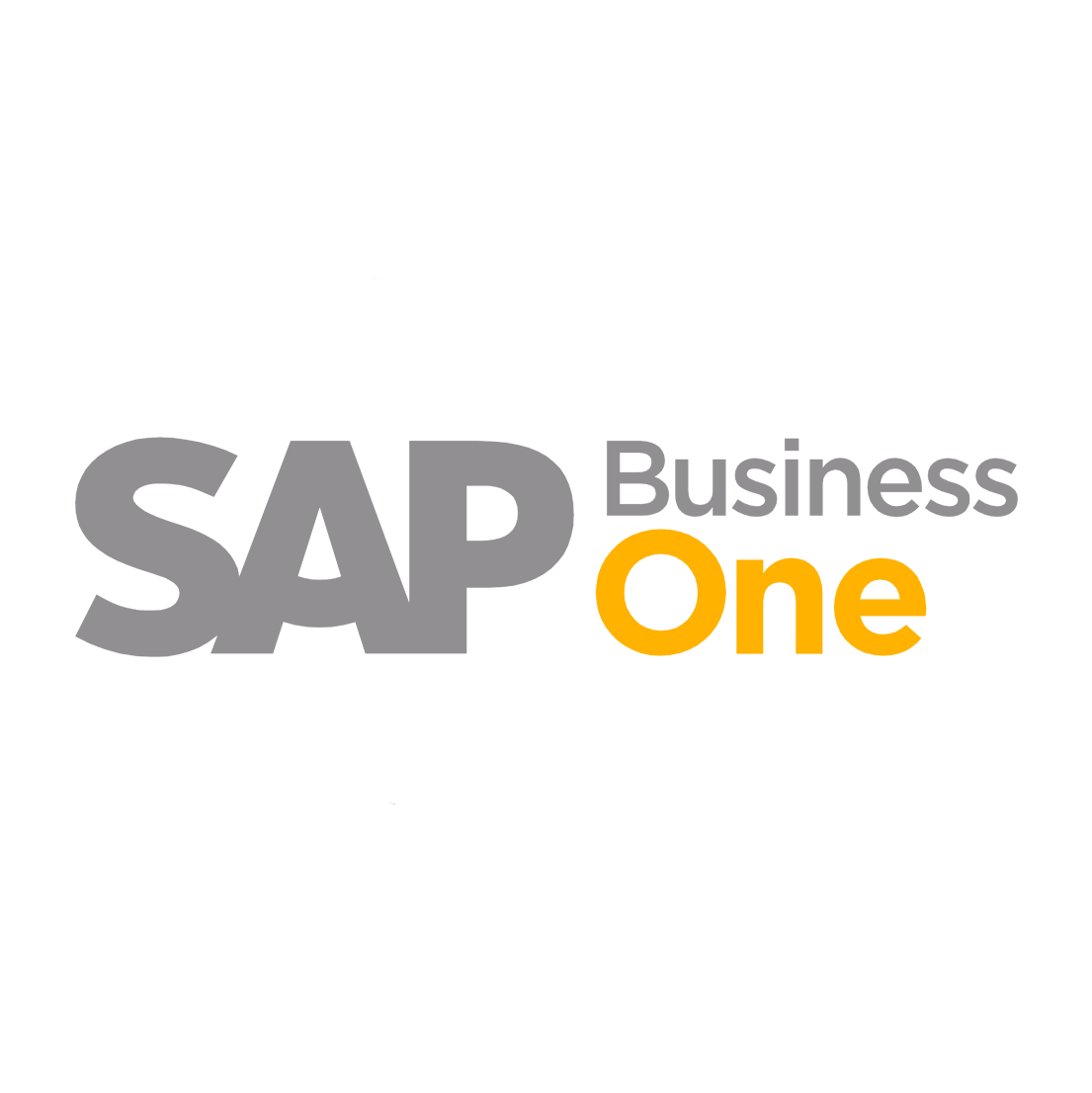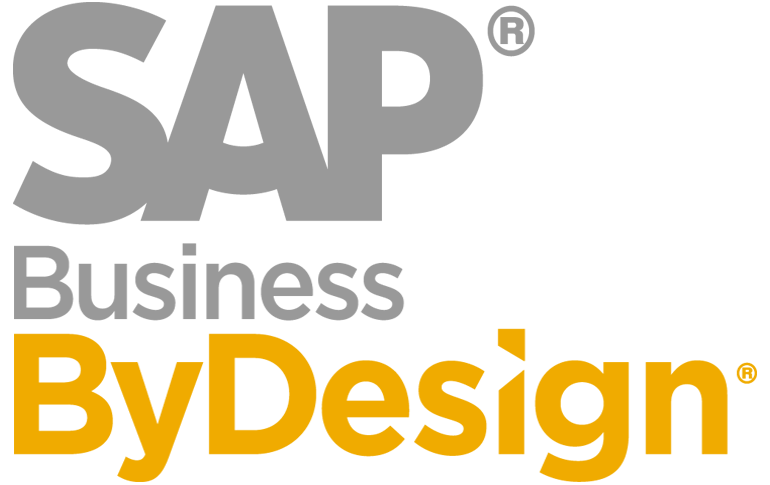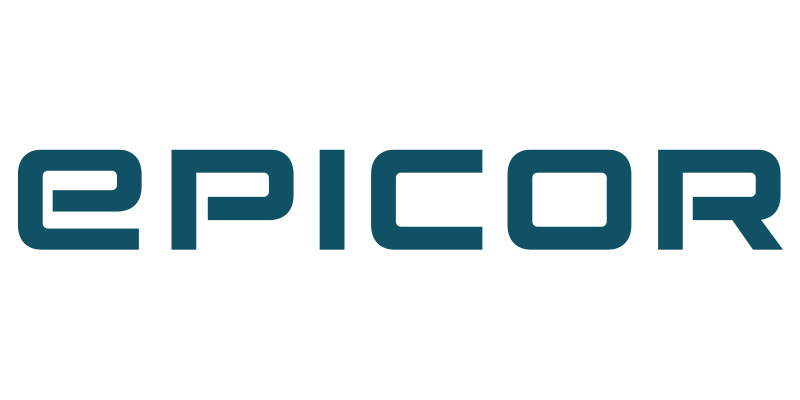
Understanding the difference between Tier 2 and Tier 3 ERP systems is crucial for choosing the right solution for your business. While Tier 2 ERPs offer scalability, advanced features, and customization for medium to large companies, Tier 3 ERPs are cost-effective, simple solutions ideal for small businesses with basic needs.
Knowing which tier aligns with your company's size and goals can help drive efficiency and growth.
Request More Info About Tier 2 vs. Tier 3 ERPs
ERP System for Growth and Competitiveness
Businesses of all sizes are looking to centralize and automate their operations to gain efficiency, agility, and resilience. ERP (Enterprise Resource Planning) is becoming the operational heart of modern business.
With a wide variety of offerings, understanding the classification of ERP into Tier 2 and Tier 3 becomes essential for making a strategic choice, aligned with your current needs and future ambitions.
| Criteria | ERP Tier 2 | ERP Tier 3 |
| Target company size | Generally considered too complex and expensive for small businesses, but offers substantial benefits at this level | Very attractive due to its user-friendly interface and free CRM offering, perfect for businesses with limited budgets |
| Process complexity | Medium to high | Low to medium |
| Functional scope | Wide and integrated (finance, HR, inventory, production, CRM, etc.) | Essential features (accounting, inventory, billing) |
| Initial cost (licenses & services) | $30,000 to $500,000 CAD | $0 to $30,000 CAD |
| Typical deployment | 4 to 12 months | 1 to 3 months |
| Scalability | High, multi-site, multi-currency, multi-company | Limited - typically very few scalability options |
| Third-party applications | Community of hundreds of integrated applications available via an app store | Limited |
| Support & maintenance | Professional, often 24/7 | Limited, sometimes community-based |
Which ERP Tier is Best for Your Profile?
A Cloud-based Tier 2 ERP is ideal for growing national or international businesses due to its ability to manage multi-currency transactions, complex workflows, and advanced integrations. It streamlines financial reporting by consolidating data across regions, ensuring compliance with international standards.
Additionally, it offers customization options through scripts to tailor workflows, while seamlessly integrating with other business systems.
A Cloud-based Tier 3 ERP is ideal for local small businesses with simple operations. It provides quick, cost-effective management with minimal customization, making it perfect for businesses that prioritize ease of use and simplicity.
Summary of Advantages by Tier
| Key Aspect | Cloud-based Tier 2 ERP | Cloud-based Tier 3 ERP |
| Suitable for growing SMEs | Yes | No |
| Affordable initial cost | Moderate to high | Low |
| Customization | Advanced via APIs and modules | Limited |
| Third-party tool integration | Yes (via native APIs, connectors) | Possible, but limited |
| Fast deployment | Medium term (4-12 months typically) | Short term (1-3 months) |
| Professional support | 24/7 often included | Limited or extra charge |
| Scalability | High - offers all tools and third-party applications for scalability | Very limited |
Tier 2 vs. Tier 3 ERP: A Decision Driven by Strategy, Not Just Technology
The choice between a Tier 2 and Tier 3 ERP depends on your business’…
- Size, but especially the complexity of your operations.
- Short, medium, and long-term goals.
- Ability to integrate third-party solutions (CRM, BI, e-commerce).
- Need for scalability and mobility via the cloud.
Comparing Tier 2 and Tier 3 ERPs
Choose a multi-tenant cloud-based Tier 2 ERP if you're looking for a sustainable, scalable solution that can integrate with your digital ecosystem. Opt for a Tier 3 ERP if your priority is simplicity, minimal cost, and quick deployment time.
Summary of Advantages by Tier
| Solution ERP | Tier | Cloud Deployment / Multi-Tenant | Advantages | Disadvantages |
|
|
Tier 2 | 100% Cloud-based, multitenant | - Global solution - Highly scalable - Native integrations - Automatic updates - Modern interface - French interface & support - Certified partners in Quebec - Canadian tax modules (GST/QST) | - Can be expensive for small businesses - Customization via partners - Complex for smaller structures - Payroll via a third-party partner (easy to integrate with Nethris, Employeur D, etc.) |
|
|
Tier 2 | Cloud-based (Azure), semi-multitenant | - Native integration with Microsoft 365 - Familiar interface - Many extensions available | - Complex customization without an integrator - Hidden costs of modules - Limited functionality without add-ons - Fiscal modules sometimes need manual configuration |
|
|
Tier 3 (haut) | Hosted Cloud, not native multitenant | - Proven solution for SMEs - Robust modules - Good price-to-feature ratio | - Not cloud-native - Less scalable - Outdated interface - Manual updates - Payroll outsource |
|
|
Tier 2 | 100% Cloud-based, multitenant | - SAP Cloud for mid-sized companies (ETI) - Supply chain integration - Built-in BI | - High cost - Less flexible - Complex deployment - Less localized support |
|
|
Tier 2 | Cloud-based, multitenant optional | - Unlimited licenses (users) - Highly customizable - Open APIs - Cost based on resources used | - Fewer partners in Quebec - Technical deployment |
|
|
Tier 2 / 3 | Intacct: Cloud, multitenant 300cloud: Hosted | - Intacct: strong in finance - 300cloud: solid in distribution - Presence in Canada | - 300cloud: not cloud-native - Intacct: limited modules - Confusing product choice |
|
|
Tier 2 | Cloud-based, multitenant possible | - Strong in manufacturing - Specialized modules (MES) - Flexible deployment | - High cost - Long deployment - Outdated interface |
|
|
Tier 3 / 2 | Cloud-based (SaaS multitenant or hosted) | - Highly modular - Open-source or SaaS - Affordable cost - Customizable via community | - Variable support depending on model - Advanced features paid - Potential complexity over time |
Why Multi-Tenant Cloud ERP is a Game Changer
Cloud ERP (multi-tenant mode) is a cloud-hosted solution shared by multiple companies, but securely isolated for each client. This model offers several strategic advantages:
Simplicity & Accessibility
- Accessible anywhere, anytime, via browser or mobile.
- No servers to manage, reducing infrastructure costs.
Continuous Updates
- Benefit from automatic updates without interruption.
- Access to new features without hidden fees.
Native Scalability
- Ability to add users, modules, or sites without major reconfiguration.
- Suitable for companies experiencing rapid growth or needing geographical flexibility.
Superior Integration Capabilities
- Open REST/SOAP APIs enabling connection with CRM, e-commerce, BI tools, etc.
- Native integration with ecosystems like Microsoft 365, Shopify, Stripe, or payroll management solutions.
SaaS Model – Pay as You Go
- Annual, predictable, and controlled payment.
- Reduced TCO (total cost of ownership) over the long term.
NetSuite is a multi-tenant cloud solution, allowing multiple businesses to share the same platform while keeping their data secure and separate. This architecture provides scalability, regular updates, and lower IT costs, making it an ideal choice for growing businesses.
Which ERP Tier Best Fits your Business Needs?
By understanding the distinctions between Tier 2 and Tier 3 ERP systems, you can align your choice with the size, complexity, and future ambitions of your business. Tier 2 ERPs offer extensive features, making them ideal for medium to large businesses aiming for growth and integration.
Tier 3 ERPs provide a cost-effective, simplified solution, well-suited for small businesses with straightforward needs. Ultimately, your decision should be guided by your company's specific requirements, including cost considerations, operational complexity, and long-term goals.
Contact GURUS today to find the best fit for your business.
Request More Info About Tier 2 vs. Tier 3 ERPs





